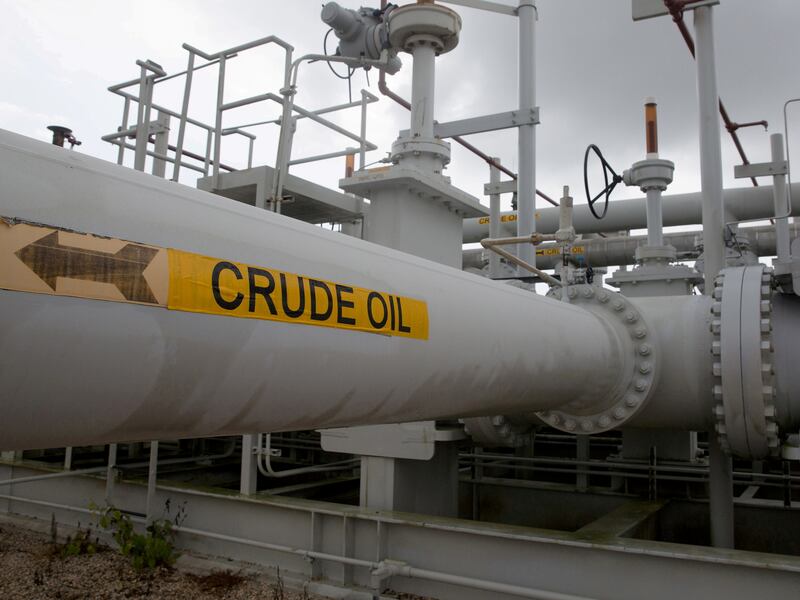The release of oil from US strategic reserves was a boon for trading houses, many of which participated in the government programme for the first time in years thanks to a beneficial market structure.
Trafigura Group and Macquarie Group were among the traders awarded oil from the Strategic Petroleum Reserve in an exchange agreement with the Department of Energy.
Traders are set to take advantage of so-called backwardation, a price structure where the cost of oil for immediate delivery is higher than in the future.
Oil prices rose to a more than seven-year peak on Friday and recorded their sixth straight weekly gain as geopolitical turmoil made concerns over tight energy supply worse.
On a weekly basis, the benchmark contracts notched their longest run of gains since October.
The Biden administration released oil from the strategic reserve in an effort to lower fuel costs that are adding to the US’s worst bout of inflation in nearly 40 years.
Gasoline has risen to its highest price since 2014, as crude prices rose by 55 per cent last year, prompting President Joe Biden to co-ordinate a release of crude with nations such as India and China.
The release accounts for about six days of supply to US Gulf coast refiners.
The trading firms can sell the oil immediately to refiners for current prices – West Texas Intermediate crude is trading in the high $80s – and are expected to pay back in some cases by September 2024, currently priced about $20 a barrel less on the forward curve.
They can lock in profits by buying call options that will give them the right to buy WTI in the high $60s when it is time to return the crude, traders said.
The Department of Energy offered to loan fuelmakers 32 million barrels, on condition they pay it back in oil by 2024.
So far, 68 per cent of the total offered was awarded, where at least half was taken by trading houses. The loan is part of a 50 million barrel release.
The trading houses set up supply agreements with refiners when the crude release was announced, sources said.
Some refiners were unlikely to have taken SPR crude directly because it would be cost prohibitive to provide the necessary letter of credit to cover the entire two-year period to return the oil.
Other trading companies and refineries chose not to participate in the exchange because it would mean spending extra for blending to meet quality specifications when they repay the oil, traders said.
Blending can be costly because the caverns historically have held a mix of local and foreign crude grades. Borrowers would also have to secure storage tanks and other logistics to eventually return the crude to the government, eating into potential profits.






